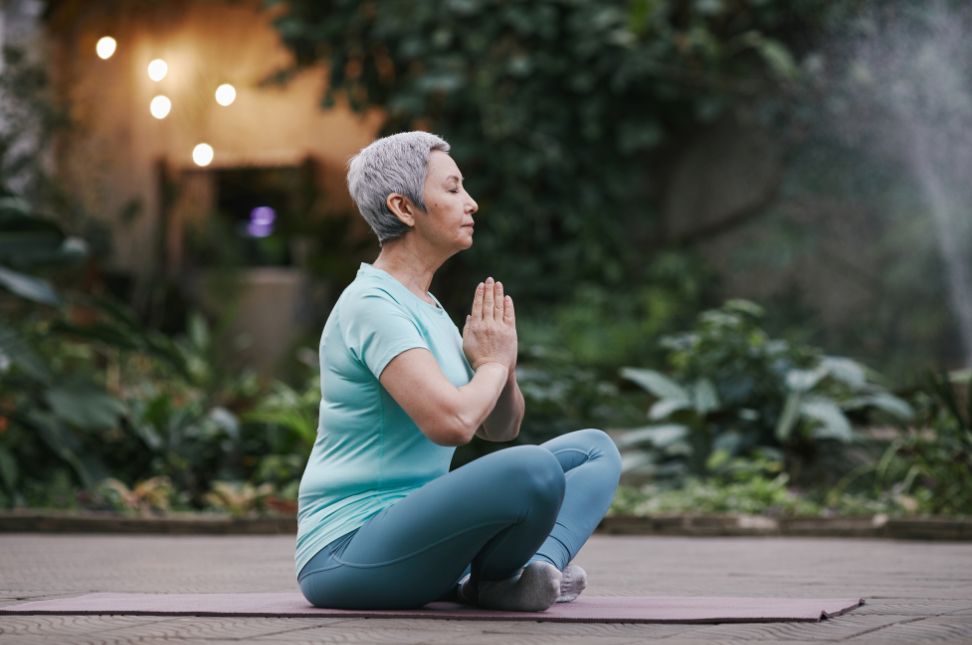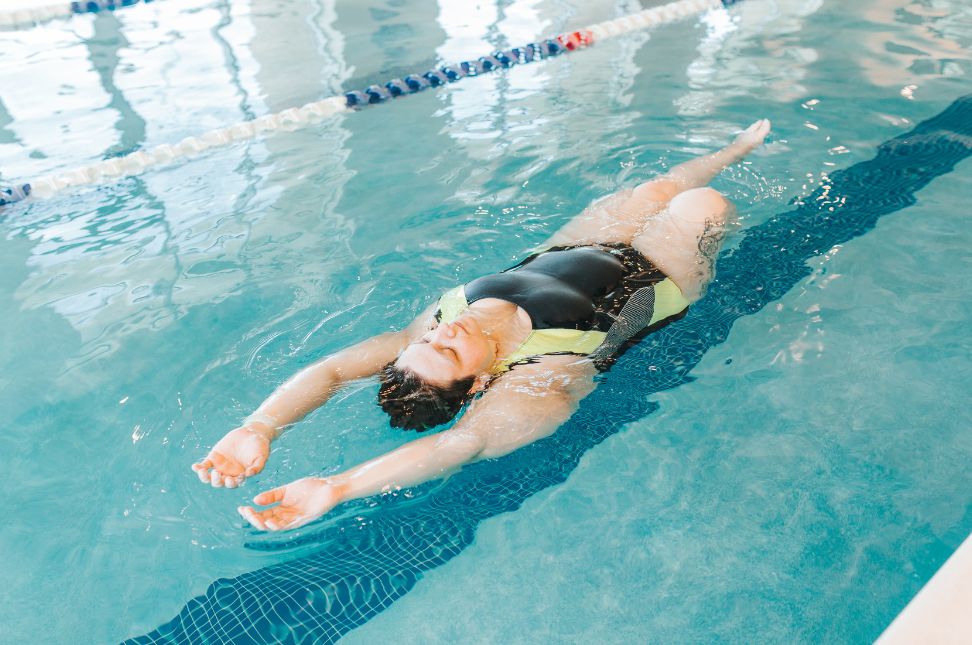Embarking on a yoga journey can be incredibly rewarding, especially if you’re beginning in the comfort of your own space. Starting yoga for beginners at home allows you to explore this ancient practice at your own pace, making it a stress-free and enjoyable experience. With the right approach, yoga can enhance your flexibility, strength, and mental clarity.
Why Start Yoga at Home?
Practicing yoga for beginners at home offers numerous benefits. You have the freedom to choose your schedule, practice in a comfortable environment, and tailor your sessions to suit your personal needs. It’s also cost-effective, as you won’t need to pay for studio classes or commute to a gym. Moreover, practicing at home allows you to focus entirely on your practice without distractions, leading to a more mindful and introspective experience.
Setting Up Your Yoga Space
Creating a dedicated space is essential when practicing yoga for beginners at home. Choose a quiet, clean, and well-ventilated area where you won’t be disturbed. The space doesn’t have to be large; even a corner of a room can work. All you need is enough room to stretch your body fully in all directions.
Here’s what you’ll need:
- Yoga Mat: A good-quality yoga mat provides cushioning and stability.
- Props: Blocks, straps, and blankets can help you modify poses and make them more accessible.
- Comfortable Clothing: Wear breathable, stretchable clothes that allow you to move freely.
- Music or Essential Oils: Soft music or calming scents can enhance your practice by creating a relaxing atmosphere.
Choosing the Right Style
When beginning yoga for beginners at home, it’s important to start with a style that aligns with your fitness level and goals. Here are some styles suited for beginners:
- Hatha Yoga: A gentle introduction to the most basic yoga postures. It’s a great way to begin your journey.
- Vinyasa Yoga: A more dynamic style, where movements are synchronized with the breath. It’s suitable if you’re looking for a bit of a challenge.
- Restorative Yoga: Focuses on relaxation and recovery, using props to support the body. Ideal for stress relief and deep relaxation.
- Yin Yoga: A slower-paced practice where poses are held for longer periods, focusing on deep tissue release.
Basic Poses to Get Started
Starting with simple poses helps build confidence and familiarity with the practice. Here are some foundational poses for yoga for beginners at home:
- Mountain Pose (Tadasana): This standing pose improves posture and balance, grounding you into your practice.
- Downward-Facing Dog (Adho Mukha Svanasana): A common pose that stretches the entire body, building strength in the arms and legs.
- Child’s Pose (Balasana): A restful pose that gently stretches the back, hips, and thighs, ideal for relaxation.
- Cobra Pose (Bhujangasana): Strengthens the spine while stretching the chest, shoulders, and abdomen.
- Warrior I (Virabhadrasana I): Builds strength in the legs and core, while improving focus and balance.
Creating a Routine
Consistency is key when practicing yoga for beginners at home. Start with short sessions of 15-30 minutes, gradually increasing the duration as you become more comfortable. Here’s a simple routine to get you started:

- Warm-Up: Begin with gentle stretches or a few rounds of Cat-Cow (Marjaryasana-Bitilasana) to warm up your spine and muscles.
- Sun Salutations (Surya Namaskar): This sequence of poses energizes the body and warms up the muscles.
- Standing Poses: Practice Mountain Pose, Warrior I, and Triangle Pose (Trikonasana) to build strength and stability.
- Seated Poses: Move into seated poses like Seated Forward Bend (Paschimottanasana) to stretch the back and hamstrings.
- Relaxation: End with Corpse Pose (Savasana), lying flat on your back to relax the body and mind.
Tips for a Successful Practice
To make the most out of yoga for beginners at home, keep these tips in mind:
- Listen to Your Body: Never push yourself into a pose. If something doesn’t feel right, modify the pose or skip it entirely.
- Focus on Your Breath: Breathing is a crucial aspect of yoga. Deep, steady breaths help you stay present and enhance the benefits of each pose.
- Stay Consistent: Regular practice is more important than long sessions. Even 10 minutes a day can make a difference.
- Use Online Resources: There are plenty of online classes and tutorials available. These can guide you through your practice and offer variations suited to beginners.
Conclusion
Starting yoga for beginners at home is an empowering step towards better physical and mental health. With the flexibility to practice at your own pace, you can create a routine that fits seamlessly into your life. Remember, yoga is not just about physical postures; it’s about finding balance and peace within. As you continue your practice, you’ll likely notice improvements in your flexibility, strength, and overall well-being. So, roll out your mat, take a deep breath, and begin your journey to a healthier, more centered you.




